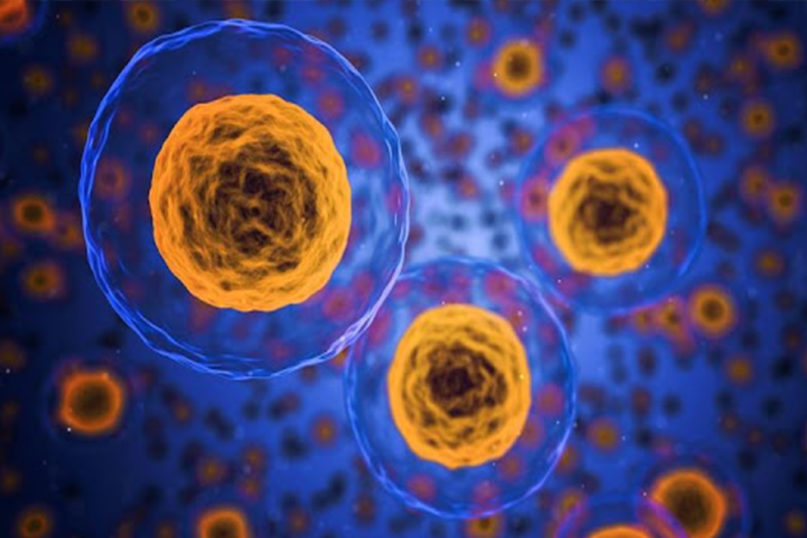
Researchers identify long-sought activator of sigma receptors in human cells
Cells communicate through complex mechanisms that typically involve receptors and ligands that bind to them. Endogenous ligands, produced by the body, have been identified for most cellular receptors, helping explain receptor existence and function. But in the case of sigma-1 receptors, which interact with a diverse array of psychoactive drugs, an endogenous ligand has remained elusive. Now, researchers at the Lewis Katz School of Medicine at Temple University (LKSOM), in collaboration with scientists at the University of Cambridge, show that choline, an essential nutrient that functions in metabolism, is an endogenous activator of sigma-1 receptors, marking an important advance in cell biology.
“Sigma-1 receptors are targets of psychoactive drugs that are commonly abused,” explained Eugen Brailoiu, MD, Adjunct Associate Professor at the Center for Substance Abuse Research (CSAR) at LKSOM, and lead author on the new report. “Now we show that choline not only is the physiological activator of these receptors but also functions as a second messenger, relaying intracellular signals from sigma-1 receptors to their targets.” The findings were published online in the journal Cell Reports.
According to Mary E. Abood, PhD, CSAR Professor and co-author on the new study, scientists have been searching for an endogenous ligand for sigma-1 receptors for decades. “Sigma-1 originally was suggested to be an opioid receptor, since opioid drugs bind to sigma 1, but the identity of an endogenous activator has been controversial.”
Dr. Brailoiu and colleagues at Temple and Thomas Jefferson University, along with collaborator and senior investigator Dr. Colin W. Taylor, professor in the Department of Pharmacology at University of Cambridge, narrowed their search for an endogenous ligand to choline based on characteristics it shared with known pharmacological sigma-1 ligands,
particularly its amine structure and acyl chain. Their prediction was proven correct when choline was tested in neuronal cells, where it functioned precisely as expected for an endogenous ligand: it completely displaced pentazocine, a ligand with high affinity and selectivity for sigma-1, and then produced an intracellular action and rapidly dissociated from the receptor.
The intracellular actions of choline mimicked those of inositol 1,4,5 risphosphate receptors (IP3Rs), which stimulate the release of calcium from intracellular reservoirs. IP3Rs are regulated by sigma-1 receptors. Choline activation of sigma-1 potentiated the calcium releasing actions of IP3R. The researchers further showed that choline activates sigma-1
receptors following its uptake by transporters at synapses, the communication junctions between neurons.
“Our work shows that receptors that stimulate IP3 formation also stimulate breakdown of another lipid, phosphatidylcholine,” explained Dr. Taylor. “The choline produced by this reaction has hitherto been thought to be a by-product, but the new results show that choline works alongside IP3 to promote calcium release.”

The researchers plan next to test other drugs and molecules that bind to sigma-1 receptors in order to better understand the physiological and potential psychological effects of sigma-1 activation.
Source: Temple University Health System












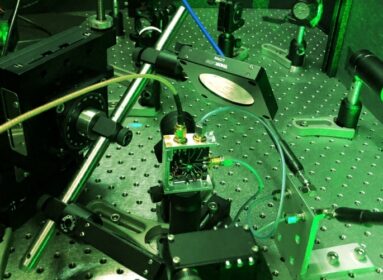





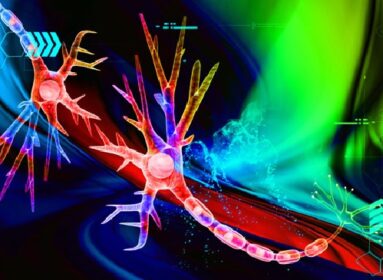
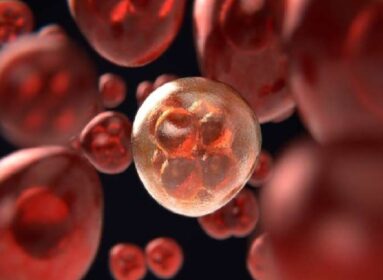
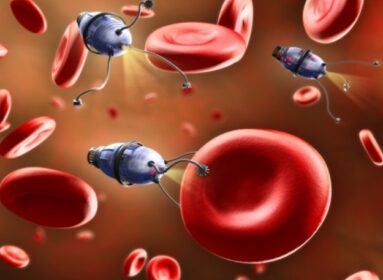





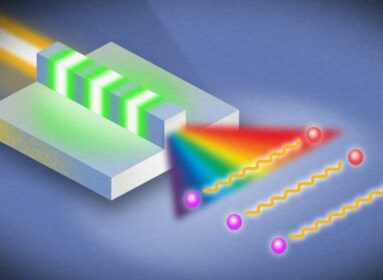












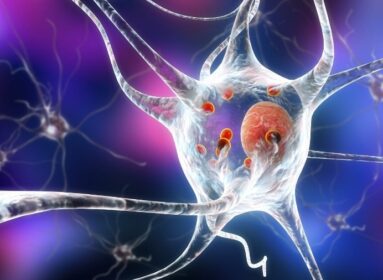
























Comments are closed.